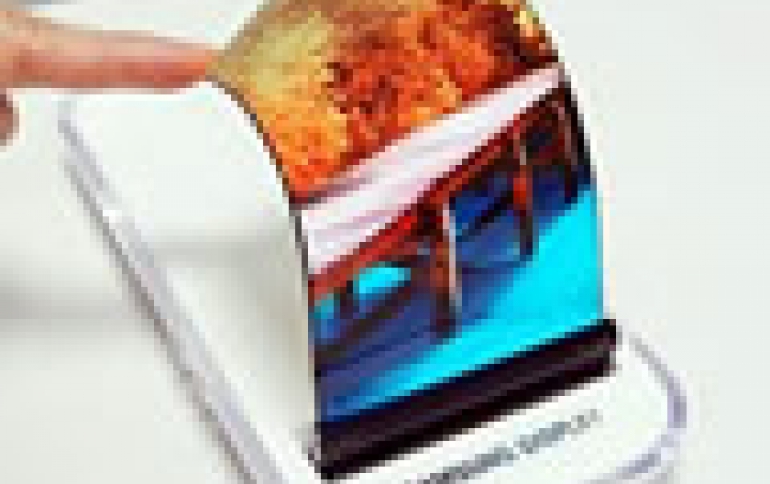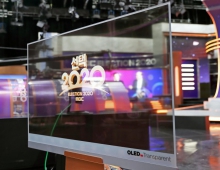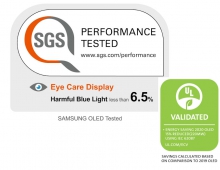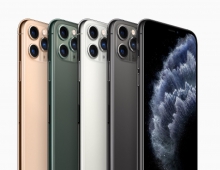
ALD Technology Chosen By Samsung, LG For Flexible OLEDs
Samsung Display and LG Display are planning to use the Atomic Layer Deposition (ALD) technology on the flexible OLED thin-film encapsulation process, in order to increase the durability of the new advanced displays.
ALD is a Chemical Vapor Deposition technique. It injects raw materials including ALD metals and responsive gas alternatively and forms thin films in atomic level. When it is applied using the MLD (Molecule Layer Deposition) technology that forms organic materials in molecular level, many layers of barriers that protect OLEDs from water and oxygen can be formed even in low temperatures. So the
ALD technology protects a display's organic materials from oxygen and water, contributing to a longer life and performance of a flexible OLED panel.
According to etnews.com, LG Display has finished the research on ALD and ha started development to introduce the ALD technology into flexible OLED process, while Samsung Display is also working fast on introducing ALD technology.
Generally PECVD (Plasma-Enhanced Chemical Vapor Deposition), sputtering, and ALD technology can be used for inorganic thin-film encapsulation while Kateeva’s inkjet printing technology is used for organic thin-film deposition. Both Samsung Display and LG Display use the PECVD technology for forming inorganic thin films.
However, the companies are now turning to the ALD technology instead of PECVD in order to create larger flexible OLEDs, with a longer lifetime and performance.
The display industries have been avoiding introducing ALD since it costs more than PECVD and there are problems regarding application onto large areas and speed of deposition.
"..the speed of ALD deposition is approximately 10 times slower than PECVD," said a representative for an industry. "Although low productivity from low deposition speed and application onto large areas are the biggest obstacles, the possibility of actually introducing ALD technology is something to think about if it can form thin films with high quality even thinner."





















